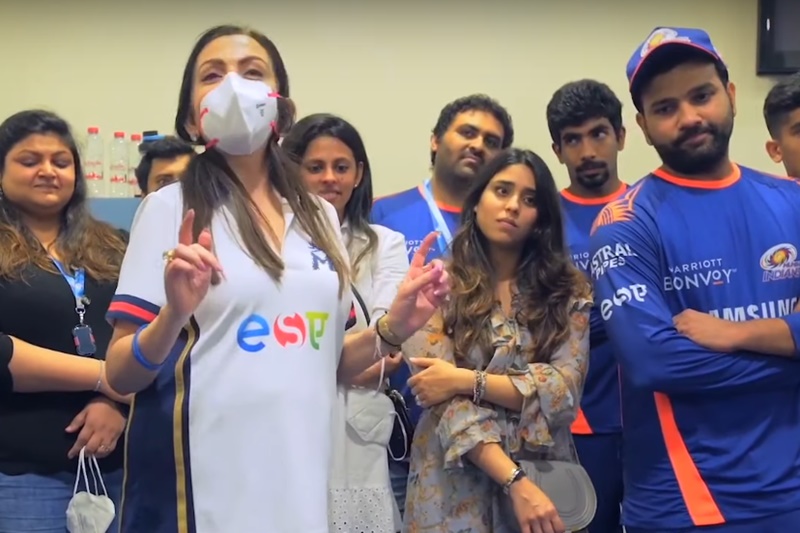7 minute read
Hundreds of millions of pounds are being spent on 49% stakes in tinpot teams that play a niche format of cricket watched by hardly anyone in the host country. Everyone seems to have an opinion on this, but if there’s one group of people we’d like to hear from, it’s those distant, wordless investors themselves.
Remember millionaires? Back in our youth, a millionaire was worth remarking on, but now there are literally millions of millionaires in the UK alone. These days you’re not properly, remarkably rich until you’re a member of The Three Comma Club. And before too long we’ll be facing the grim prospect of the world’s first trillionaire.
Back in 2016 when the Hundred was first mooted as a “city-based T20 competition” we spoke to our cricket-sceptic friend Prince Prefab about it.
Pondering what such a project might mean, he suggested that it seemed like the first step towards “footballising” cricket. “So yes, it would probably bring in a new audience, but is it an audience you want?” he asked.

Audience-wise, that assessment now seems wide of the mark. Prince Prefab’s belief that, “the wankers would get interested,” wasn’t entirely incorrect though because the billionaire/wanker Venn diagram has massive overlap.
And that’s where we are, as of this week.
“Control”
We’ve not really reported on The Hundred sales too much before now because the whole thing is opaque and abstract and not entirely cheering.
To quickly bring you up to speed: Only minority stakes in each team are being sold by the ECB. The competition itself is not up for grabs – the ECB will retain ownership of that.
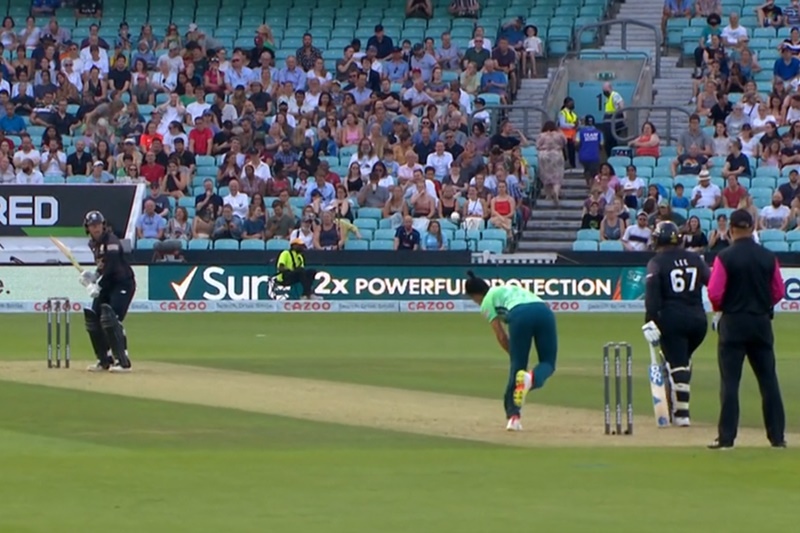
As far as we can make out, that positions the governing body as arbiter in a future dispute should tensions later emerge between billionaire investors and county members. We imagine that’ll be quite a straightforward thing to manage, because if there’s one thing the wider world has shown us in recent times, it’s that administrators are more than a match for frustrated billionaires who are keen to get their own way.
Throw in the fact that some of the franchises will in fact be majority owned by private investors, if either (a) host counties sell any of their stake, or (b) said counties are already owned by private investors, and you can see that we’ve now arrived at what is euphemistically described as a new “landscape” in domestic cricket in this country.
The investors
Billionaires are almost without exception terrible people. There, we’ve said it. It’s out there now. We can all stop pretending they’re just like the rest of us because they definitely aren’t.
Sure, you get the odd one who’s merely a complete weirdo, but they really are the exceptions that prove the rule.
One of our favourite niche categories of news story at the minute is “Sir Jim Ratcliffe penny pinching at Manchester United.”

You wouldn’t think this would be an especially well populated news strand, but oh Lord yes it is. INEOS head honcho Jim has pissed away millions in terrible decisions – chiefly by handing out hugely remunerative contracts to coaching staff he later sacks – but what we find endlessly amusing is the unfailing meanness he then displays when attempting to claw back the merest fractions of his losses. No more donations to the charity that supports former players. £40 M&S vouchers instead of a £100 Christmas bonus. No more matchday lunchboxes for agency staff.
Awfulness is what creates a billionaire. It’s what fuels them. You don’t find the drive to become that wealthy through being a fundamentally balanced human being. Billionaires are either psychologically unsound or progeny of the psychologically unsound with all the woeful characteristics both nature and nurture might then confer.
So what do these people want?
As the above section perhaps illustrates, we’re by no means averse to thinking the worst of billionaires, but we’re not entirely swayed by this argument that investment in the Hundred is obviously some financial masterplan and that they’ll therefore demand change to ensure a return.
Now they may very well demand changes, but more likely for the simple reason that they’re pampered, isolated freaks who are accustomed to always getting their own way.
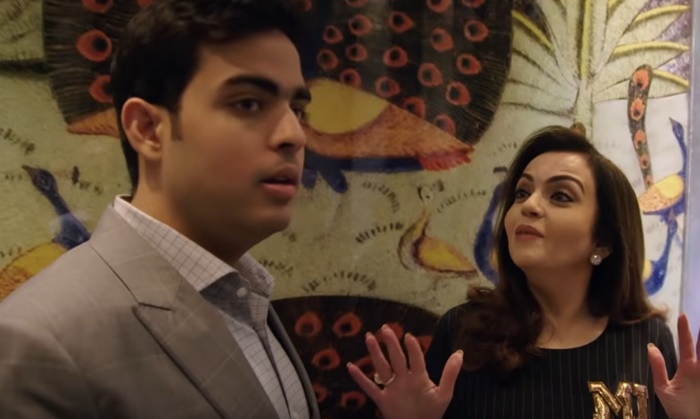
Writing in the Guardian, Jonathan Liew makes the point that the Ambani family, who’ve invested in Oval Invincibles, have so much money that their £61m investment is honestly next to nothing to them. It’s hard to get a handle on this when you get into the millions and billions, but if you want to get a sense of it, just knock six noughts off. Imagine they’re worth £240,000 and they’ve invested £61.
Are the Ambanis looking to make their fortunes with their £61 investment? No, they’re not. There is no means by which investment in Oval Invincibles can ever meaningfully shift the dial on their wealth. Even if they quadruple their investment and sell in five years’ time, it’s not going to warrant the effort.
So what do they want?
Having watched the Netflix IPL documentary about their team, the Mumbai Indians, we’d say the answer is ‘a plaything’ and more specifically, a plaything through which they can impose and sustain an excruciatingly awkward corporate culture.
Why? Because they’re billionaires! They’re mental! They’re utterly detached from human life and have long since lost any awareness of how insane they are (if they ever even had any to begin with).
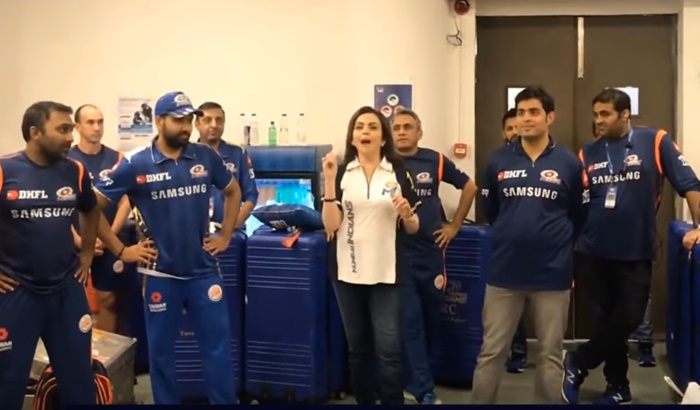
Watch Nita Ambani give a speech to her team. Does Nita Ambani know how boring and uncomfortable she’s being when she drones on and on about what Mumbai Indians means to her when she does that? No, she does not.
There is a lot of team-building in that documentary. There are a lot of speeches. Nita often talks about the franchise’s legacy, and what it stands for, and how they’re all a family. These speeches are not borne of some masterplan to win the IPL, or somehow generate enough revenue to buy Saturn or some other gas giant. This is something she wants to do.
Nita Ambani wants people to care about her thing and she has zero idea how to make people actually, genuinely care because why would she? Most things she wants, she just pays for.
There’s no stellar wisdom here. You can see with your own two eyes that Nita blithely glides through life with no-one telling her, “Seriously, that’s enough. Wrap it up now.” And so she just carries on. And on. And on.
Liew thinks the Hundred investment is largely a product of, “the idea of buying a cool thing simply because you could,” and while we’re sure each investor has their own motivations, there’s got to be at least a thin seam of that running through it for most of them. This seems likely because – regardless of how it turns out in the end – investing in 49% of a Hundred franchise doesn’t at this minute scream ‘cash cow’.
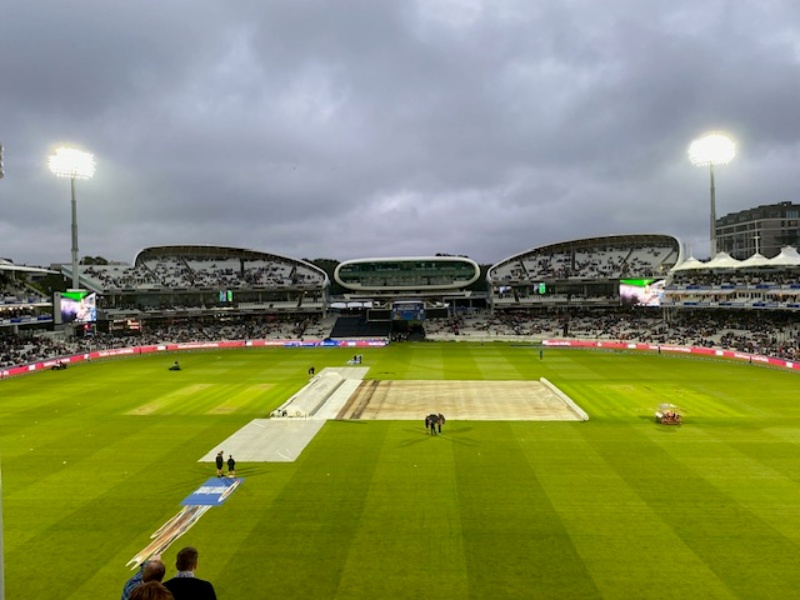
Unless, of course, they’ve got some of their fibre optic cables crossed. We were amused by a Lalit Modi comment on Twitter the other day, aimed at the consortium of US tech billionaires who’ve invested in London Spirit.
“I hope they realise they are paying 295 million for the lords team and NOT ACTUALLY FOR #lords cricket ground.”
Surely that couldn’t happen… could it?
Welcome to the world of tomorrow
Having written about cricket for near enough 20 years, the line that most struck a chord with us from that Liew article was his observation that, “English cricket has had 150 years to create a sustainable business model for itself, and basically failed.”
It is such a great sport, with such potential, but the inaccessibility of county cricket has only mushroomed like the wealth of a billionaire in our time covering it. Competitions and formats have multiplied. (You can add to the English cricket season but you can never take away, as we always say.) Prospective new fans have unavoidably been repelled by all the barriers and confusion they face.
Back in 1890, it was suggested that county cricket be divided into first, second and third classes with eight teams in each. Even at this remove, that seems a coherent plan – a simpler system than we have now.
But county cricket has never encountered a plan it couldn’t massively complicate or reject. On this occasion, none other than WG Grace later reported that, “The scheme of classification did not give general satisfaction, and a newspaper warfare was kept up for some time afterwards.”
That culture has persisted ever since.
Which leaves us here: county cap in hand, begging for handouts from the billionaires.
Please back King Cricket via our Patreon campaign and so buy us the time to write more features.
Our publishing schedule is a little erratic, so sign up for the email if you want to hear whenever there’s something new.
The post The Hundred sales: What do these billionaires honestly hope to get out of their investment? first appeared on King Cricket.


